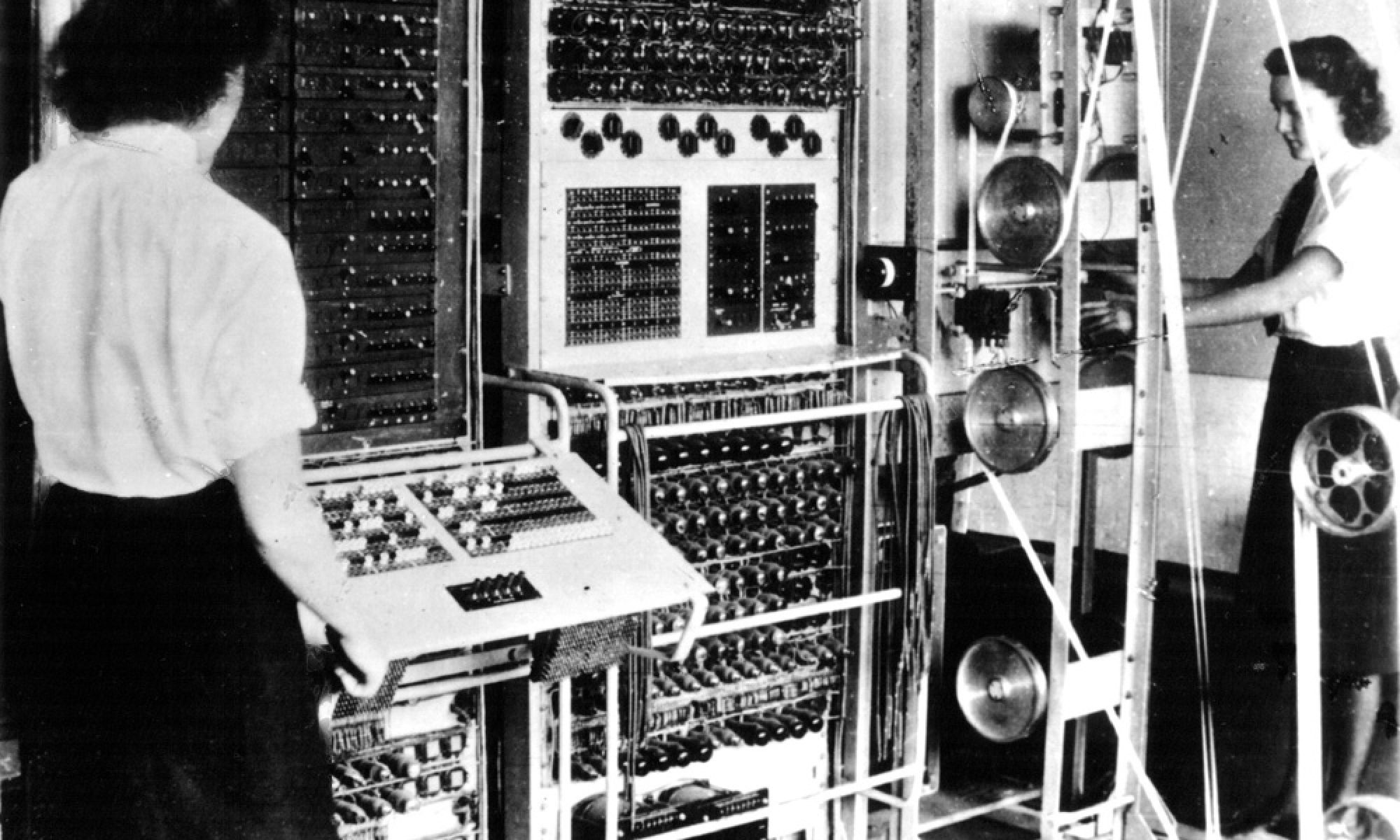Our projects are due in less than a month, and doing research has officially ascended to the level of priority number one. I have read so many letters and have had to analyze so much poor handwriting, I think my glasses need a new prescription. We are making a lot of progress, though. After compiling a list of letters exchanged between everyone involved in the Jesuit takeover, dating them, and writing a brief description to make sense of the dates, I should have enough data to start constructing a basic timeline by Saturday. James has been in and out of the Lackawanna Historical Society finding primary sources to determine Scranton’s reaction to World War II and the Jesuit takeover, and is surprisingly finding more information in the Wilkes-Barre newspaper’s archives than our own, but sources are sources.
We are feeling confident about our Clio post (which is still in the works) and our project, but it wasn’t always that way. Trying to find a landmark in Scranton that had anything to do with our topic was . . . difficult. We mulled over ideas for a few days with nothing to show for it. And then an idea came. Where did it all begin . . . for us as students anyway? Answer: the Estate. Walking around the campus is one thing, but every student starts their journey at the University of Scranton in admissions, conveniently housed in the old Victorian residency of the Scranton family. How does that relate to our project? The Jesuits began their journey their, too: they covertly moved into the Estate in June 1942, and I do mean covertly. Not even the moving truck driver was allowed to know what was going on. It’s a little much on the Jesuit’s part, but nonetheless a fun story.
When I found out our final projects had to be about the University of Scranton way back in the beginning of the semester, I was a little disappointed. Correction: I feared the impeding boredom I thought would follow researching something as niche as the University of Scranton. That isn’t the case now, though. The stories we’re uncovering are interesting and all the more relevant because we walk the grounds they unfolded on. It’s an eye-opening experience to say the least.
